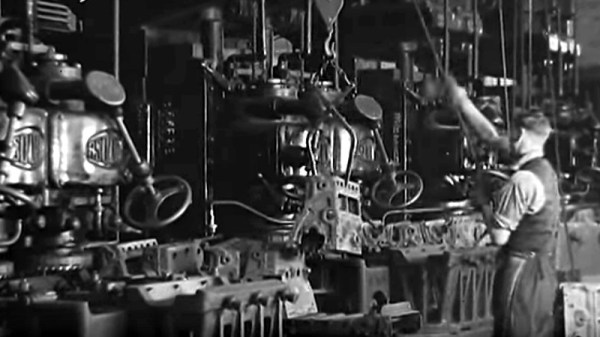It was a cold autumn night in 1988. The people of Cambridge, Massachusetts lay asleep in their beds unaware of the future horror about to be unleashed from the labs of the nearby college. It was a virus, but not just any virus. This virus was a computer program whose only mission was to infect every machine it could come in contact with. Just a few deft keystrokes is all that separated law abiding citizens from the…over the top reporting in this throwback news reel posted by [Kahvowa].

To be fair, the concept of a computer virus certainly warranted a bit of explanation for folks in the era of Miami Vice. The only places where people would likely run into multiple computers all hooked together was a bank or a college campus. MIT was the campus in question for this news report as it served as ground zero for the Morris Worm virus.
Named after its creator, Robert Tappan Morris, the Morris Worm was one of the first programs to replicate itself via vulnerabilities in networked computer systems. Its author intended the program to be a benign method of pointing out holes, however, it ended up copying itself onto systems multiple times to the point of crashing. Removing the virus from an infected machine often took multiple days, and the total damage of the virus was estimated to be in the millions of dollars.
In an attempt to anonymize himself, Morris initially launched his worm program from a computer lab at MIT as he was studying at Cornell at the time. It didn’t work. Morris would go onto to be the first person to receive a felony conviction under the 1986 Computer Fraud and Abuse Act. After the appeals process, he received a sentence a community service and a fine. After college Morris co-founded the online web store software company Viaweb that Yahoo! would acquire in 1998 for 49 million dollars. Years later in an ironic twist, Morris would return to academia as a professor at MIT’s department of Electrical Engineering and Computer Science.
Interested in some info on viruses of a different nature? Check out this brief history on viruses from last year.
Continue reading “Retrotechtacular: Cheesy 1980s News Report On Early Internet Virus”



![A 1930s Morris Ten Series II. Humber79 [CC BY-SA 3.0].](https://hackaday.com/wp-content/uploads/2018/05/morris10080809e.jpg?w=400)










